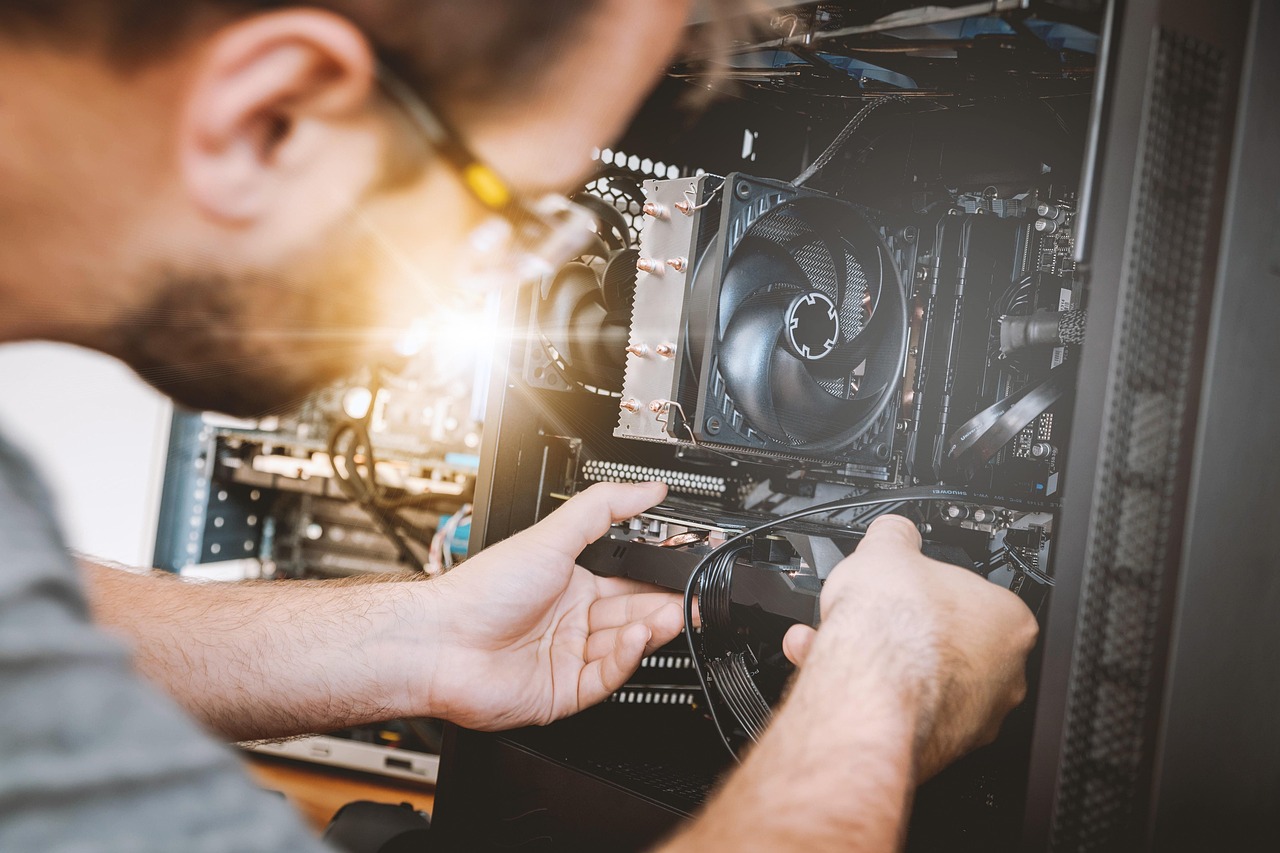Is your computer taking forever to boot up or open applications? You’re not alone. A #slowcomputer can be incredibly frustrating, especially when you rely on it for work, school, or entertainment. But before you consider replacing your device, try these simple and effective ways to speed it up.
Here are 10 proven methods to fix a sluggish computer and improve overall #performance.
1. Restart Your Computer
It sounds basic, but restarting can fix minor software glitches and free up #memory used by background processes. If you haven’t restarted your device in a while, try this first.
2. Disable Startup Programs
Many programs automatically start when your computer boots, slowing it down significantly. You can disable unnecessary startup items:
- Windows: Press
Ctrl + Shift + Esc> Go to the Startup tab. - Mac: System Settings > General > Login Items.
Disabling these programs can drastically improve startup #speed.
3. Uninstall Unused Software
Over time, your system can become bloated with apps you no longer use. Uninstalling these programs frees up valuable disk space and resources.
- Windows: Control Panel > Programs > Uninstall a Program.
- Mac: Drag the app to the trash from the Applications folder.
4. Clear Temporary Files and Cache
Temporary files and browser cache can slow down your computer over time. Use built-in tools like Disk Cleanup (Windows) or third-party cleaners like CCleaner to remove them safely.
5. Update Your Operating System and Drivers
Running outdated software can cause performance issues and even security risks. Always keep your OS and drivers updated:
- Windows Update
- macOS Software Update
You can also update graphics and network drivers from your device manufacturer’s site like NVIDIA or Intel.
6. Scan for Malware and Viruses
A common cause of slow computers is #malware or viruses. Run a full system scan using reputable antivirus software like:
Make sure your antivirus is always up to date for real-time protection.
7. Upgrade Your RAM
If your computer is constantly lagging during multitasking, consider upgrading your #RAM. This is especially helpful for users running multiple programs at once or using memory-heavy apps like Photoshop or video editors.
8. Switch to a Solid State Drive (SSD)
Still using a traditional hard drive? Upgrading to an #SSD can make a huge difference. SSDs are faster, more reliable, and can reduce boot times from minutes to seconds.
9. Adjust Visual Effects
Fancy animations and transitions can slow older machines. Disable them to boost speed:
- Windows: System Properties > Advanced > Performance Settings.
- Mac: Reduce motion and transparency via System Settings > Accessibility.
10. Reinstall Your Operating System
If all else fails, reinstalling your OS can give your system a fresh start. Make sure to back up important data first. A clean install can eliminate hidden software issues and drastically improve #efficiency.
Final Thoughts
Improving a slow computer doesn’t always require buying a new one. From disabling startup apps to upgrading to an SSD, there are plenty of ways to extend your system’s life and enjoy faster performance.
Start with the quick fixes and work your way to hardware upgrades if needed. You’ll be surprised how much of a difference these changes can make!

